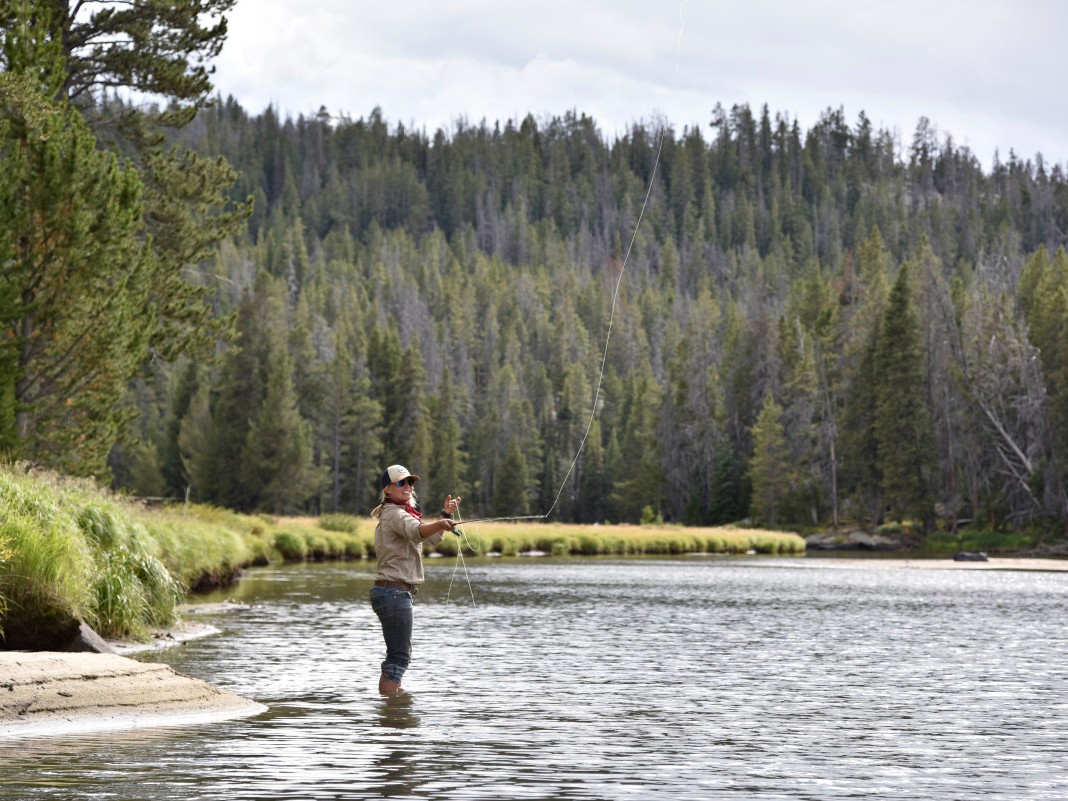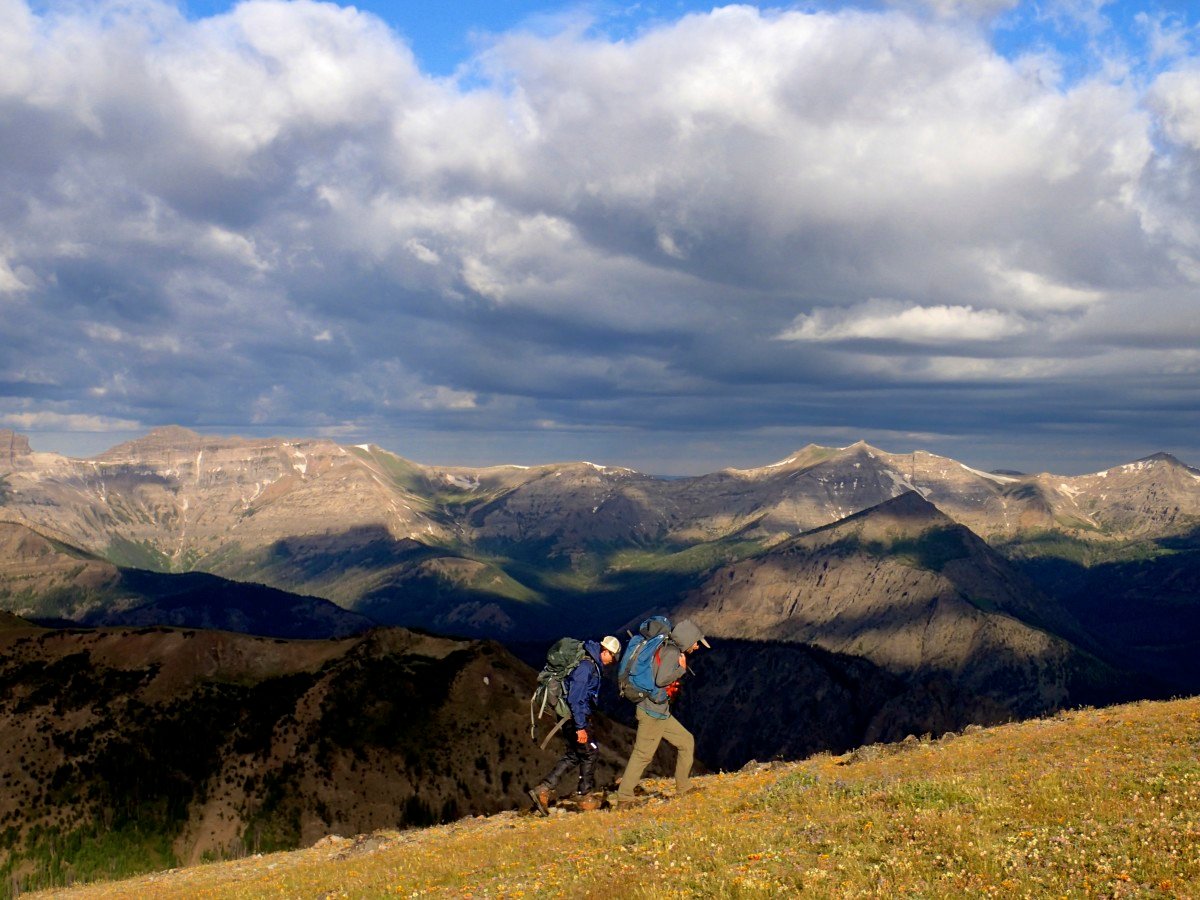
After months of waiting, it’s finally summer! This means it’s time to grab your fishing gear and head outside. But have you checked the forecast? Even though the day might start sunny, when you’re out fishing the weather can change quickly—you can find yourself suddenly caught in a thunderstorm with electrical activity if you aren’t prepared.
Many people think that golfers are at the greatest risk of injury from lightning. However, data shows that people out fishing were involved in three times as many fatalities as golfers. Of the 396 deaths that occurred, 38 of those were to anglers.
According to a study from the National Lightning Safety Council, “From 2006 through 2019, 418 people were struck and killed by lightning in the United States. Almost two thirds of the deaths occurred to people who had been enjoying outdoor leisure activities.”
So, as we gear up for the summer fishing season, it’s also a great idea to brush up on lightning safety basics.
How do you get injured by lightning?
The most common way people are injured by lightning is through ground current—about 50% of all lightning injuries. This happens when lightning hits a nearby object and radiates outward.
Other ways people can be injured are through splash lightning (which occurs when lightning jumps from one object to another) and contact lightning (which happens when a person is touching a conductor, like a wire fence). Direct hits only cause about 3-5% of lightning injuries. Folks can also be hurt by blast injuries, which may occur from the rapidly expanding air near a lightning strike.
When someone is struck by lightning, they can have a variety of injuries.
The patient may experience:
- Cardiac arrest (heart stops) or respiratory arrest (not breathing)
- Eye injuries
- Ear injuries
- Burns
- Trauma associated with being thrown
- Neurological issues such as unconsciousness, paralysis, seizures and loss of balance
Lightning Treatment
If someone is struck by lightning, you want to start with the following steps:
- Make sure the scene is safe! Contrary to popular belief, lightning can strike the same place twice. If you’re still actively fishing, get away from or off of the water and to a safer place (see below for safer place examples).
- Provide basic life support, such as CPR and rescue breathing.
- Complete a thorough patient exam and treat the injuries found.
- Monitor the patient for heart or breathing issues and any of the above neurological signs.
- Evacuate any patient who was struck by lightning. Because, well, they were struck by lightning!
Prevention
Prevention is one of the most important aspects of lightning safety. Here are a number of ways you can reduce your chances of being struck.
In urban areas, seek safety in buildings (not small sheds) and vehicles. “When thunder roars, go indoors!”
In the outdoors, there are places with greater or lesser risk, but there is no safe place in a lightning storm.
- Know the local weather patterns and pay attention to the weather.
- Plan wisely to avoid being exposed in a dangerous place.
- Pick your campsites with prevention in mind. The optimal places are areas of uniform tree cover or low rolling hills.
- Know when to seek a better location.
- Monitor approaching storms. Lightning can strike miles ahead of or behind a storm.
- Thunder, a clear sign of danger, can be heard for 10 miles in calm air and much less in turbulent, stormy air.
Avoid dangerous locations, such as:
- Places higher than surrounding terrain like peaks, ridges, and hills
- Isolated, tall objects such as lone trees
- Open terrain such as meadows
- Large bodies of water, especially the shoreline
- Shallow overhangs and caves
- Places obviously struck before
- Long conductors like pipes, wires, wire fences, and wet ropes
When it’s impractical to move to a safer location, you should seek uniform cover, such as trees about the same height or rolling hills. Insulate yourself from ground current by sitting on a foam pad or backpack and stay low (lightning position). If you’re in a large group, spread out to limit casualties.
Final Takeaways
Recreating outside, especially fishing, is a great way to spend time this summer, and more healthcare professionals are growing comfortable with recommending well-managed outdoor activities in the context of COVID-19.
So, when you head into the outdoors, remember the other risks involved too—pay attention to the weather and work to prevent your lightning risk. Plan ahead and get to a safer place if a storm starts to roll in. (If you’re interested in learning more about lightning and lightning safety, check out this NOLS video.)
To empower yourself to provide first aid on your next fishing trip, look into taking a NOLS Wilderness Medicine course: Find an upcoming course near you.
As always, only provide the care that is within the scope of your training.
Written By
Robin Larson
Robin is the Education Director at NOLS Wilderness Medicine. She has been working as a NOLS wilderness medicine and expedition instructor since 2008.



